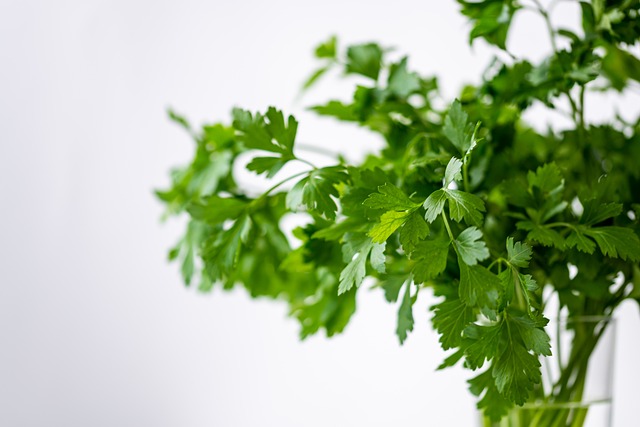
Intro
Are you tired of constantly buying expensive bundles of parsley from the grocery store? Why not try growing your own parsley at home? Not only is it a cost-effective option, but it also allows you to have fresh and flavorful parsley at your fingertips whenever you need it.
Growing parsley may seem daunting for beginners, but it is one of the easist herbs to grow. With the right knowledge and steps, it can be a simple and rewarding experience. In this guide, we will walk you through the process of growing parsley in five easy steps, so you can spice up your life with home-grown parsley.
Understanding the Basics: What is Parsley and Why Grow it at Home?
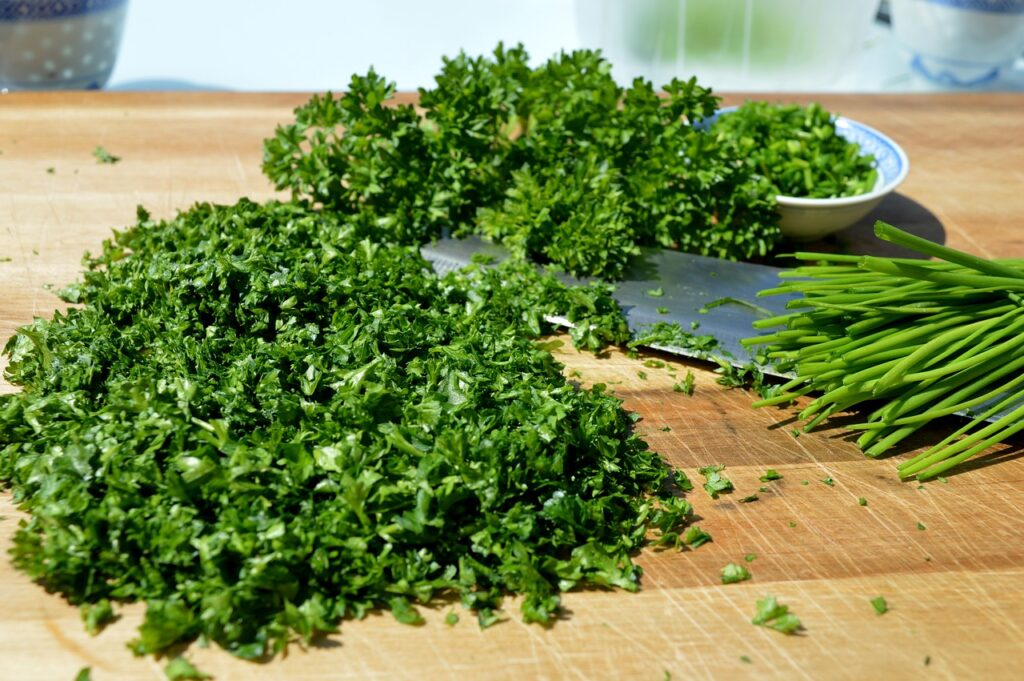
Parsley, also known as Petroselinum crispum, is a popular herb that is widely used in various cuisines around the world. It is known for its fresh and vibrant flavor, which can enhance the taste of any dish. But did you know that parsley is not only delicious but also incredibly easy to grow in your own garden?
When you buy parsley from the grocery store, it can be quite expensive, especially if you use it frequently in your cooking. Growing parsley at home allows you to save money while having a continuous supply of fresh and flavorful herbs right at your fingertips.
Not only is growing parsley cost-effective, but it also ensures that you have access to the freshest and most nutritious leaves. Store-bought parsley may have been sitting on the shelves for days or even weeks, losing its flavor and nutrients over time. But when you grow parsley in your own garden, you can harvest it as you need it, guaranteeing the freshest and tastiest leaves every time.
There’s nothing quite like the satisfaction of plucking a handful of parsley from your garden and adding it to your favorite recipe. So why not give it a try? With just a little bit of effort and the right knowledge, you can enjoy the benefits of growing parsley in your own garden. In the next sections, we’ll guide you through the process of gathering supplies, planting your parsley seeds, caring for your plants, and harvesting your bountiful parsley crop. Get ready to spice up your life with home-grown parsley!
Gathering Your Supplies: What You Need to Start Growing Parsley
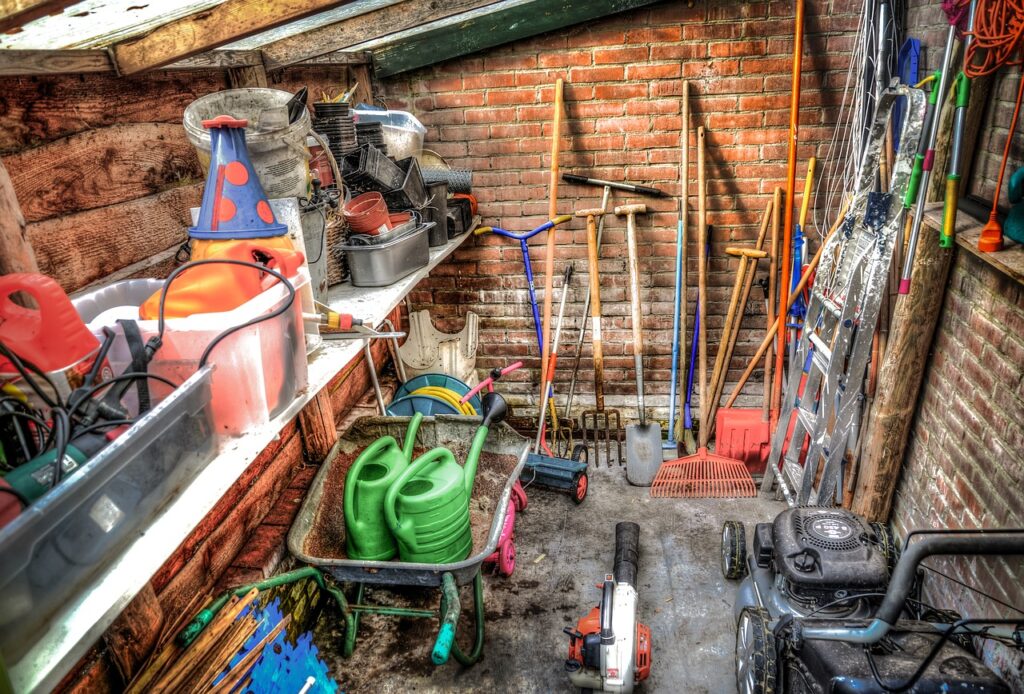
Ready to start growing your own parsley? The first step is gathering all the necessary supplies. Don’t worry, you don’t need anything fancy or expensive. In fact, most of the items you’ll need are probably already sitting in your kitchen or garage.
Here’s a list of the essential supplies you’ll need to get started:
- Pot or Container: Parsley can be grown in both indoor and outdoor settings. If you’re growing it indoors, choose a pot or container that is at least 6 inches deep and has drainage holes at the bottom. If you’re growing it outdoors, you can either use a pot or plant it directly in the ground.
- Soil: Parsley prefers well-draining soil that is rich in organic matter. You can either purchase potting soil specifically formulated for herbs or create your own mix using equal parts of compost, sand, and garden soil.
- Parsley Seeds: Purchase high-quality parsley seeds from a reputable supplier. Look for varieties such as flat-leaf parsley or curly parsley, depending on your preference. Make sure the seeds are fresh and haven’t expired.
- Watering Can or Spray Bottle: Parsley requires consistent moisture, so you’ll need a watering can or spray bottle to keep the soil moist. Avoid overwatering, as this can lead to root rot. Instead, aim to keep the soil evenly moist but not waterlogged.
- Sunlight: Parsley thrives in full sun or partial shade. Choose a location that receives at least 6-8 hours of sunlight each day if you’re growing it outdoors. If you’re growing it indoors, place it near a south-facing window or use artificial grow lights to provide sufficient light.
- Fertilizer: While parsley doesn’t require heavy feeding, you can give it a boost with a balanced fertilizer once every month. Look for a fertilizer specifically formulated for herbs and follow the instructions on the package.
Once you have gathered all the necessary supplies, you’re ready to move on to the next step: planting your parsley seeds. Stay tuned for the next section, where we will walk you through the process of planting your parsley seeds and getting your herb garden started.
Getting Started: Planting Your Parsley Seeds
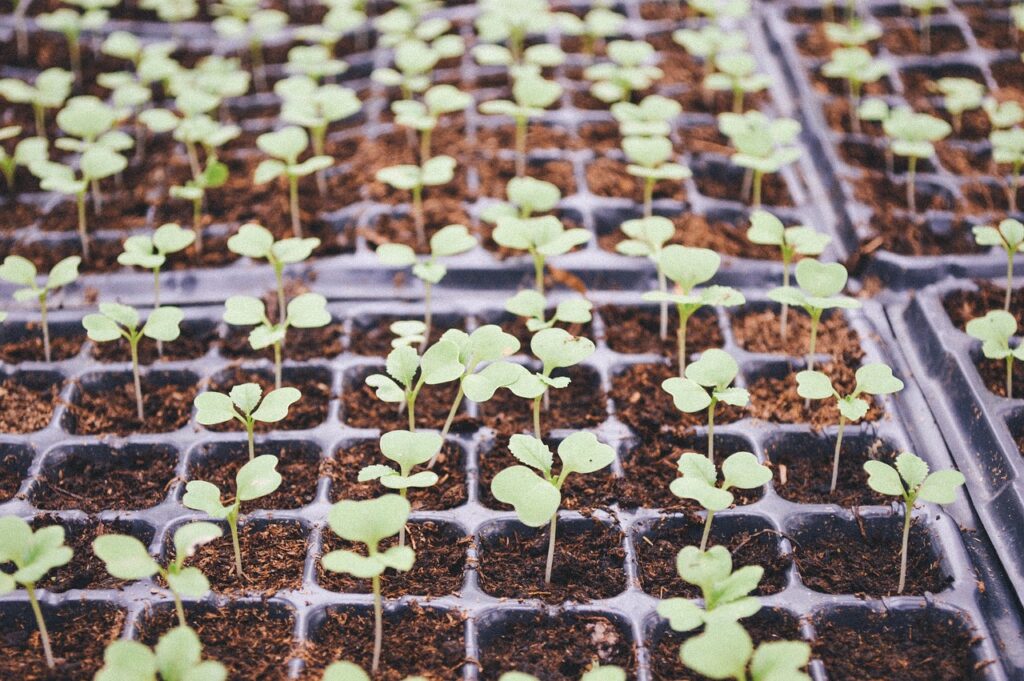
So, you’ve gathered all your supplies and you’re ready to get your hands dirty! It’s time to plant your parsley seeds and kickstart your herb-growing journey. Don’t worry if you’re a beginner – planting parsley seeds is a simple and straightforward process that anyone can do. Here’s a step-by-step guide to help you get started:
- Prepare the soil: Start by filling your pot or container with the well-draining soil mixture you prepared earlier. Make sure it is evenly distributed and lightly packed.
- Sow the seeds: Sprinkle your parsley seeds evenly over the soil surface. Don’t bury them too deep, as parsley seeds need light to germinate. A general rule of thumb is to cover the seeds with a thin layer of soil about three times their diameter.
- Water gently: After sowing the seeds, water the soil gently to provide the necessary moisture for germination. Use a watering can or spray bottle to avoid disturbing the seeds. Aim to keep the soil moist but not waterlogged.
- Provide warmth: Parsley seeds germinate best in warm conditions, so place your pot in a warm spot or use a seedling heat mat to maintain an optimal temperature of around 70-75°F (21-24°C). You can also cover the pot with a plastic wrap to create a mini greenhouse effect and retain moisture.
- Be patient and wait for germination: Parsley seeds can take anywhere from 2-6 weeks to germinate, so be patient and keep an eye on the pot. Once you start to see tiny seedlings emerging from the soil, you’ll know your parsley is on its way.
- Thin out the seedlings: When your seedlings have grown to about 2 inches tall, it’s time to thin them out. Gently remove the weaker seedlings, leaving only the strongest and healthiest ones. This will give your parsley plants enough space to grow and thrive.
Remember, the key to successful parsley seed germination is consistent moisture and warmth. Be sure to water your plants regularly, provide adequate sunlight or artificial grow lights, and watch as your parsley seedlings transform into lush and flavorful herbs. In the next section, we’ll cover the essential care steps to ensure your parsley plants continue to thrive. Stay tuned and get ready to take your herb-growing journey to the next level!
Caring for Your Plant: Watering, Fertilizing, and Pruning
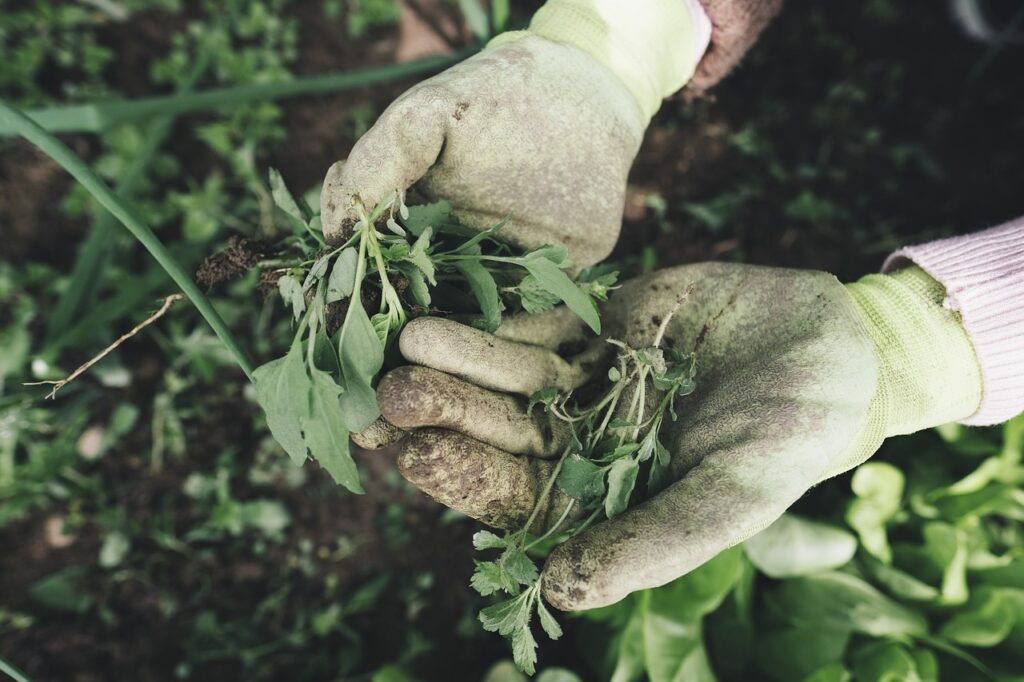
Now that your parsley plants are growing strong, it’s time to give them the care they need to thrive. Proper watering, fertilizing, and pruning are essential for ensuring healthy and flavorful parsley. Let’s dive into each of these care steps in detail.
Watering: Parsley plants require consistent moisture, but it’s important not to overwater them. Aim to keep the soil evenly moist, but not waterlogged. One way to check if your parsley needs water is to stick your finger about an inch into the soil. If it feels dry, it’s time to water. Use a watering can or spray bottle to gently water the soil, avoiding getting the leaves wet. Be sure to water deeply to encourage deep root growth.
Fertilizing: While parsley doesn’t require heavy feeding, a little boost of nutrients can help it grow strong. Use a balanced fertilizer specifically formulated for herbs, following the instructions on the package. Apply the fertilizer once a month, mixing it into the soil around the base of the plant. Be careful not to overfertilize, as this can lead to excessive leaf growth at the expense of flavor.
Pruning: Regular pruning is important for encouraging bushier and healthier parsley plants. As your parsley grows, you can start harvesting individual leaves, which will naturally encourage new growth. Use clean scissors or shears to cut the outer leaves, leaving the inner ones to continue growing. Remember to never remove more than one-third of the plant at a time, as this can weaken the plant. Pruning also helps prevent your parsley from bolting (going to seed) too quickly, allowing you to enjoy fresh leaves for a longer period.
With proper watering, fertilizing, and pruning, your parsley plants will continue to flourish and provide you with an abundant supply of flavorful herbs. Don’t forget to keep an eye out for pests and diseases, as parsley can be susceptible to certain issues. Regularly inspect your plants and take appropriate action if necessary, such as removing infected leaves or using organic pest control methods.
In the next section, we’ll discuss the exciting topic of harvesting your parsley and how to pick the leaves for the best flavor. So, stay tuned and get ready to savor the rewards of your home-grown parsley.
Harvesting Time: When and How to Pick Your Parsley
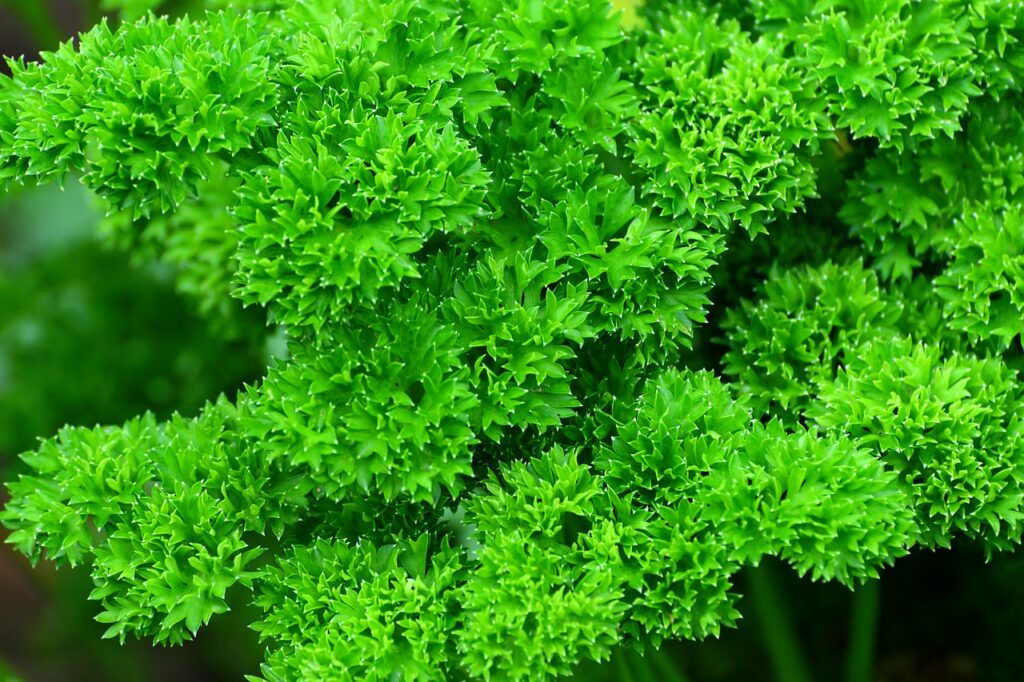
Congratulations! It’s finally time to harvest your parsley and enjoy the fruits of your labor. Harvesting parsley is a simple and satisfying process that allows you to add that fresh and vibrant flavor to your meals. So, let’s dive into the details of when and how to pick your parsley.
When is the right time to harvest parsley? The good news is that parsley can be harvested at any stage of growth. You can start picking the leaves as soon as they are large enough to be used in your cooking. However, it’s best to wait until the plants have reached about 6 inches in height before you start harvesting. This allows the plants to establish a strong root system and ensures a continuous supply of fresh leaves throughout the growing season.
To harvest parsley, simply select the outermost leaves and snip them off at the base using clean scissors or shears. Avoid pulling or tearing the leaves, as this can damage the plant. Be sure to leave the inner leaves and the growing point intact, as these will continue to produce new growth. Harvesting the outer leaves actually promotes new leaf production, so don’t be shy about plucking them!
As you harvest your parsley, keep in mind that fresh leaves are the most flavorful. The leaves tend to lose their flavor as they age, so it’s best to use them as soon as possible after harvesting. If you have more parsley than you can use at once, you can store it in the refrigerator for up to a week. Simply wrap the leaves in a damp paper towel and place them in a plastic bag or container.
Remember, parsley is a cut-and-come-again herb, which means it will continue to produce new leaves as long as you take care of it. So, keep harvesting and enjoying your home-grown parsley throughout the growing season. And don’t forget to share the bounty with friends and family, or perhaps even freeze some for later use.
In conclusion, harvesting parsley is a rewarding experience that allows you to enjoy the freshness and flavor of this versatile herb. By following these simple steps, you’ll be able to pick your parsley at the right time and savor the delicious results. So, go ahead and start harvesting your parsley today – it’s time to taste the fruits of your labor!
